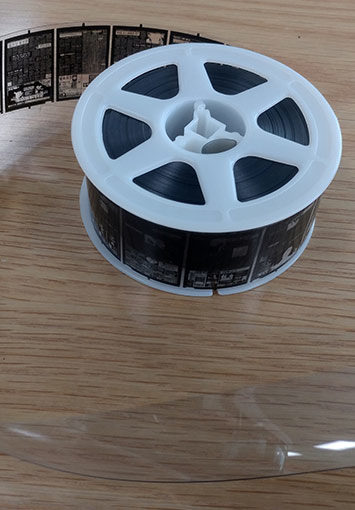Article Category
Document Scanning & Data Capture
Everything you need to know about the benefits of document scanning.
Get tips and tricks to help you better manage your data and rid your organization of antiquated paper processes. Learn about the advantages of going paperless.
Clear and accurate patient records are essential for delivering quality care. Digitizing patient charts simplifies records management, giving clinicians immediate access to up-to-date information while reducing the manual labor required to maintain paper files.
FADGI compliance has now become a critical part of managing digitized records, especially for federal agencies and organizations that handle cultural, historical, and public records. These guidelines, which focus on achieving high-quality digital reproductions, ensure that digitized records meet stringent quality standards, helping preserve these important documents for future generations. Whether you’re already working within
Transforming paper records into a well-organized, easy-to-use digital archive is no small task. Without the right experience or equipment, the process can quickly become overwhelming, and there’s a lot that can go wrong along the way. That’s why many businesses choose to outsource their document scanning projects to a professional company like SecureScan. Working with
Many businesses are switching from paper record-keeping systems to electronic recordkeeping. But why take on such a seemingly complex and time-consuming process? If everything is working fine as it is, why make the change? The truth is, paper is an extremely inefficient way of managing information, and businesses that still rely on it are at
As digital storage becomes more affordable and accessible, many businesses are moving away from physical documents altogether, choosing instead to store their records electronically. This makes sense, because as we all know, paper-based recordkeeping results in lower productivity, higher costs, and and poor data security. However, it can be difficult for those with a large
Educational institutions generate an overwhelming amount of paperwork, from onboarding students and hiring staff to meeting compliance requirements under laws like FERPA. Scanning student records provides a solution, streamlining record management while improving accessibility and security.
Microfilm was once considered to be the gold standard of information storage. At its peak, no other storage medium could match its convenience, affordability, and durability. Government agencies, libraries, and historical archives relied on it for long-term data storage, and even today, microfilm and microfiche are still in use. Even though most people have switched
Optical character recognition (OCR) is specialized software designed to recognize and extract text from images or scanned documents. By converting physical text into machine-readable data, OCR makes it possible to search, edit, and process the contents of scanned documents using word processing software. This makes it an essential tool for anyone looking to digitize paper
Over the last few years, the landscape of work and employment has undergone a dramatic shift. Working remotely, which traditionally has only been an option for a small percentage of people, has exploded in popularity, capturing the attention of employers of all different shapes and sizes. And while there are a number of fairly obvious
Moving paper records to an off-site facility for scanning isn’t always practical. Some documents might be too fragile to transport, while others might contain sensitive information that’s better kept under your direct control. In some cases, regulations may even require files to remain on-site, leaving off-site scanning off the table entirely. Whatever the reason, sending









